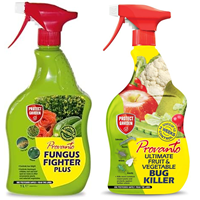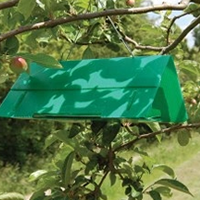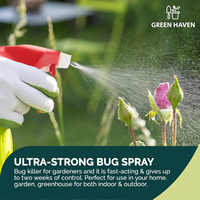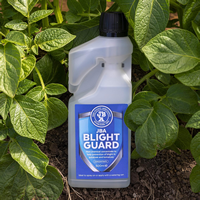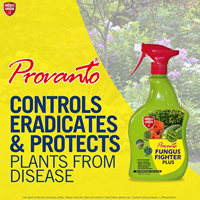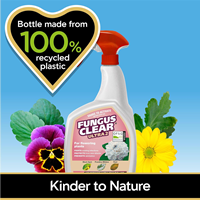Anthuriums - Aptly named Flamingo Flower
The Plant:
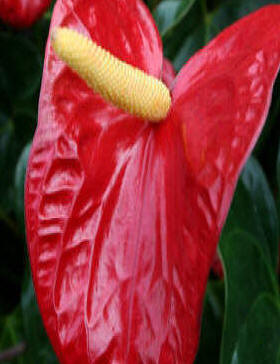
Anthuriums There can be little doubt as to the origin of the common name of Flamingo Flowers. The bright pink/red flowers say it all
Anthuriums are normally epiphytic in their natural habitat that is to say they do not grow in the ground as per the majority of plants, but are happy in the branch crotches of trees taking their nutrient from the air, or partly from their anchorage roots delving into decaying debris. They do not feed on their host plant which is simply there to give support.
The natural habitat of the Flaming Flower is well shaded humid tropical forests rain forests even.
Other than the somewhat gaudy flowers, the Anthurium has large glossy heart-shaped leaves which in themselves are attractive.
Growing Requirements
Anthuriums are best kept in shade or gloom. Pot them in a well-draining but richly organic (peat based) potting compost. This has to provide the food in the artificial environment of our households, for we are unlikely to emulate the densely humid conditions of a rainforest. It enjoys warmth and humidity, so both are necessary for good long term growth.
Artificially provided humidity such as with a sphagnum moss surround to the root area will help. It is one of the rare houseplants that actually respond to frequent misting or sprayings but with lime free water. As long as the root zone is not allowed to dry out, the Anthurium does not need copious watering. But moisture levels surrounding the plant should be maintained.
Feeding of Anthuriums is also another area of failure, with pot grown plants. Anthuriums rarely need feeding, and at most just twice during the growing season, and then with a dilute general feed, applied in liquid form. Plant food tablets, spikes and the likes are no-go.
Problems of Anthuriums
Over watering can cause failure, as can cold or draughty places. It needs a ‘still’ atmosphere for prolonged health.
Red spider mite can be a problem, and fist noticed with a general light silvery mottling of the leaves.
Mealy Bug manifests itself with white scale-like insects normally found firstly in the Leaf joints.
Scale insect, are small brown shell-like scales normally on underside of leaves, sucking away at the main vein area. They also leave a trail of sticky goo which then turns to black sooty mould.
In all the Anthuriums are great for brightening a dark corner, but you may have to give it a fair bit of care to keep it for more than a year! Larger species are popular for flower-arranging.
A Comprehensive Guide to Propagating Anthuriums (Flamingo Flowers)
Anthuriums, also known as Flamingo Flowers, are tropical plants that are admired for their vibrant, heart-shaped flowers and glossy, green foliage. They can be propagated in several ways: seeds, stem cuttings, and division. Here's a detailed guide on each method:Propagation from Seeds
Seed propagation is the most challenging method but can be rewarding.- Pros: You get a lot of plants from a single flower head.
- Cons: It takes a long time (up to a year) for the seed to mature into a plant.
- Harvest mature seeds from a healthy Anthurium plant.
- Sow the seeds on the surface of a well-draining soil mix.
- Keep the soil consistently moist and maintain a warm temperature (around 70-85°F).
- The seeds should germinate in a few weeks.
- Pros: Faster than growing from seeds.
- Cons: Each cutting only produces one new plant.
- Take a stem cutting with at least two joints.
- Let the cutting dry for a couple of days.
- Plant the cutting in a pot filled with well-draining soil.
- Keep the soil slightly moist and place the pot in a warm, bright location.
- Pros: The divisions grow quickly into full-sized plants.
- Cons: Over-dividing can weaken the parent plant.
- Remove the parent plant from its pot.
- Divide the root ball into sections, each with at least one stem and root.
- Repot each division into a separate pot with well-draining soil.
- Water thoroughly.
Care Tips for Anthuriums Regardless of the propagation method, Anthuriums require specific care to thrive:
- Soil: Anthuriums prefer well-draining soil. A mix of equal parts peat moss, pine bark, and perlite works well.
- Light: They enjoy bright, indirect light. Too much direct sunlight can burn the leaves.
- Temperature: Anthuriums prefer warm temperatures between 70-85°F.
- Watering: Keep the soil slightly moist but not waterlogged. Overwatering can lead to root rot.
- Fertilization: Feed your Anthuriums every two weeks during the growing season with a balanced houseplant fertilizer.
- Pests: Watch out for common pests like aphids, mealybugs, and spider mites. Use insecticidal soap or neem oil for treatment.
From my personal experience, patience is key when growing Anthuriums. They can be slow to grow and bloom, but with proper care, they can become a stunning addition to your indoor plant collection.
Comprehensive Guide to Anthurium Pests, Diseases, and Their Prevention
Anthuriums, or Flamingo Flowers, are generally resilient plants but can occasionally suffer from pests and diseases. Here's a rundown of common issues and their solutions.
Pests
- Aphids: Tiny green or black insects that suck sap from the plant, causing yellowing and distorted growth. Rinse the plant with water or use insecticidal soap to eliminate them.
- Mealybugs: White, cottony pests that cause yellowing and wilting. Wipe off with a cotton swab dipped in alcohol or spray with insecticidal soap.
- Spider mites: Tiny red or brown spiders that cause yellow spots and webbing on leaves. Increase humidity and spray with a miticide or neem oil.
- Thrips: Small, dark, winged insects that cause discolored, stippled leaves and deformed flowers. Use sticky traps and insecticidal soap.
Diseases
- Root rot: Caused by overwatering, symptoms include yellow, wilting leaves and black, mushy roots. Improve drainage and reduce watering.
- Bacterial blight: Causes dark, water-soaked spots on leaves, which eventually turn yellow and drop. Remove infected parts and apply a copper-based fungicide.
- Fungal leaf spot: Spots with yellow halos appear on leaves. Improve air circulation, reduce humidity, and apply a fungicide.
- Xanthomonas leaf spot: Yellow leaf spots that become necrotic over time. Remove affected leaves and apply a copper-based fungicide.
Tips for Healthy Anthuriums
- Watering: Water your Anthurium when the top inch of soil is dry. Overwatering can lead to root rot.
- Light: Provide bright, indirect light. Direct sunlight can scorch leaves.
- Humidity: As tropical plants, Anthuriums love high humidity. Mist regularly or use a humidifier.
- Feeding: Feed every two weeks during the growing season with a balanced houseplant fertilizer.
- Cleaning: Wipe the leaves with a damp cloth to remove dust and prevent pest infestation.
- Quarantine: Isolate new plants for a few weeks to ensure they don't introduce pests to your other plants.
Remember, prevention is always better than cure. By providing the right care and promptly addressing any issues, you can keep your Anthurium healthy and pest-free.
Best Selling Gardening Products
Popular Gardening Sections

Problems
Identify Weeds in The Garden - How to deal with weeds. Diseases and Pest which harm your garden and plants, learn how to prevent, deter and erradicate your garden problems.
Garden Problems
Pruning
Pruning Guide. Shrubs flower better with correct pruning. Many illustrations and examples of what to do - and when. Includes evergreens, roses, flowering shrubs, spring flowering shrubs and pruning for stem effect. This is our most viewed and comprehensive section,
Pruning
Gardening Businesses
Gardening Businesses listed in the UK counties and USA states. County and State Listings of businesses involved in Garden supplies and services. If you wish to be added to the Directory, please send us your information. Having problems, use the search box
Businesses
Gardening
In this section you will learn about Gardening Basics, Containers, Landscaping, Propagation and Soil.
Gardening
Gardening Gifts
Gardening Gifts and Reviews, Read Before you Buy
- Gardening Gifts Ideas
- Gifts For Her
- Gifts For Men
- Power Tool Gifts
- Cheap Gifts
- Personalised Gifts
- Wildlife Gifts
- Family Gifts
